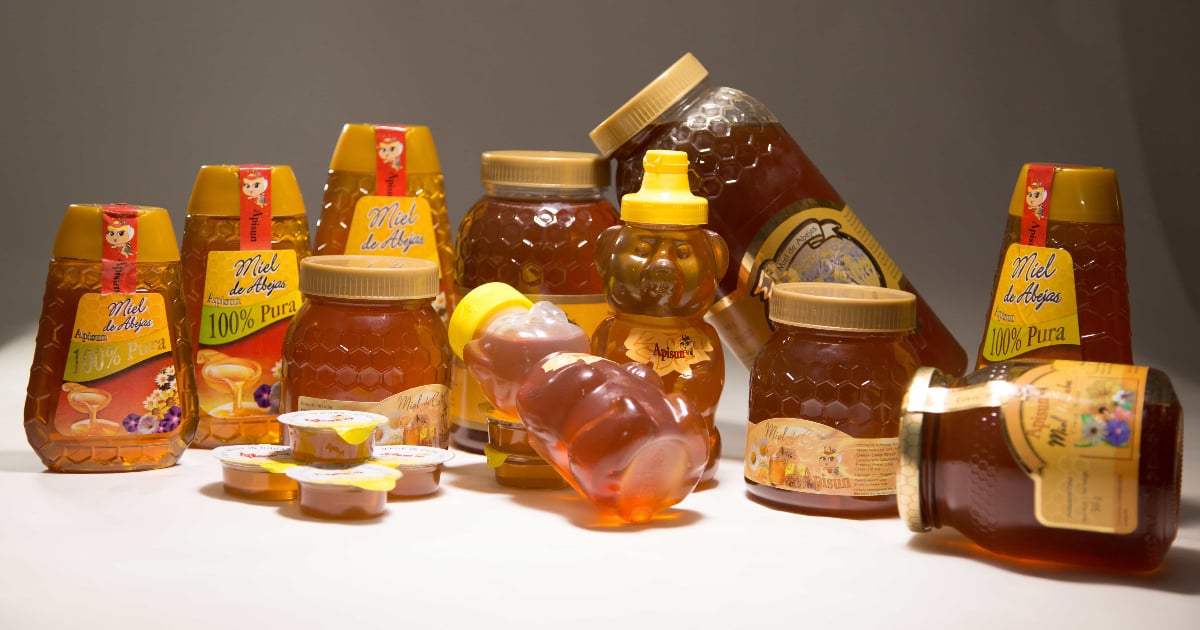Amid a severe food crisis, the Cuban government continues to prioritize honey exports, allocating 90% of the annual production to international markets. Traditionally one of the most valuable products in the Cuban agricultural sector, honey has been listed among the eight priority items in the Comprehensive Export Strategy for Goods and Services for the period 2019-2030.
Despite production challenges such as shortages of inputs and fuel, as well as the devastating effects of drought and forest fires, beekeeping on the island has remained resilient. According to data from the National Office of Statistics and Information (ONEI), cited by Granma, Cuba managed to collect 9,200 tons of honey in 2022, although this volume was slightly lower than the previous year. By comparison, in 1962, the country achieved a record of more than 10,000 tons of honey produced.
The export of honey generates significant revenue for the state-owned Cuban Beekeeping Company (APICUBA), part of the Agroforestry Business Group. Its general director, Lázaro Bruno García Castro, and the director of foreign trade, Ramón Hurtado Delgado, are well aware of the volume of business they manage. The Cuban people are not.
In 2018, the export of Cuban honey to European countries such as Germany, France, and Spain generated around 18 million dollars. At that time, the average export price of Cuban honey was estimated to be 2,655 dollars per ton, with organic honey being particularly prestigious in international markets due to its high quality and distinctive flavor.
Using these reference values (without considering market fluctuations, global inflation repercussions, and other factors), it is feasible that exporting 90% of the honey produced in Cuba could result in more than 22 million dollars for the state company's coffers. How much of this amount goes to the beekeepers? Once again, based on these relative values, honey production in Cuba would be sufficient to sell one kilogram of honey per year to each Cuban at a price of less than three dollars. Why doesn't the Cuban regime do this? One would have to ask the directors of APICUBA or the elusive Minister of Economy, Joaquín Alonso Vázquez.
The emphasis on honey exports has sparked internal criticism due to the severe food shortages affecting the Cuban population. While the government celebrates production and export records, many Cuban families cannot access basic products like honey. This situation is exacerbated by inflation and widespread shortages that are suffocating Cubans.
Impact on Local Populations
Granma, one of the provinces most affected by the crisis, has become one of the country's largest honey producers. In March 2022, beekeepers in this region achieved a monthly collection record of 220 tons, demonstrating the importance the government continues to place on this activity. However, the impact on the population remains limited, given that 90% of the production is destined for the external market.
The stark contrast between massive honey exports and the internal food crisis highlights the contradictions of the Cuban economy. While the country positions itself as a competitive honey exporter, Cubans find themselves increasingly restricted in their access to basic foods. This situation raises serious questions about the government's priorities, which continue to focus on earning foreign currency through exports while the population suffers from the lack of essential products.
At the end of December 2023, the Cuban regime claimed that Cuban rum, honey, and coffee captivated consumers in China, accessed through an online platform. In Cuban markets, there is no coffee or honey for the population, but the regime invests time, money, and resources in promoting the commercialization of its products across the globe. Meanwhile, the Cuban people go through their days without finding coffee, honey, or sugar to sweeten their lives.
Key Questions About Cuba's Honey Export Strategy
The prioritization of honey exports by the Cuban government amid a severe food crisis has raised several important questions. Here, we address some of the most pressing inquiries.
Why does the Cuban government prioritize honey exports despite the food crisis?
The Cuban government prioritizes honey exports as part of its strategy to generate foreign currency. Honey is one of the eight priority items in the Comprehensive Export Strategy for the period 2019-2030.
How much revenue does honey export generate for Cuba?
In 2018, honey exports to European countries generated around 18 million dollars. With 90% of the annual production allocated to exports, it is estimated that this could bring in more than 22 million dollars annually.
What are the main challenges facing honey production in Cuba?
Honey production in Cuba faces several challenges, including shortages of inputs and fuel, and the devastating effects of drought and forest fires. Despite these issues, beekeeping has remained resilient.
Is honey available to the Cuban population?
Despite the significant production of honey, it is not readily available to the Cuban population. The majority of the honey produced is exported, leaving many Cuban families unable to access this basic product.
